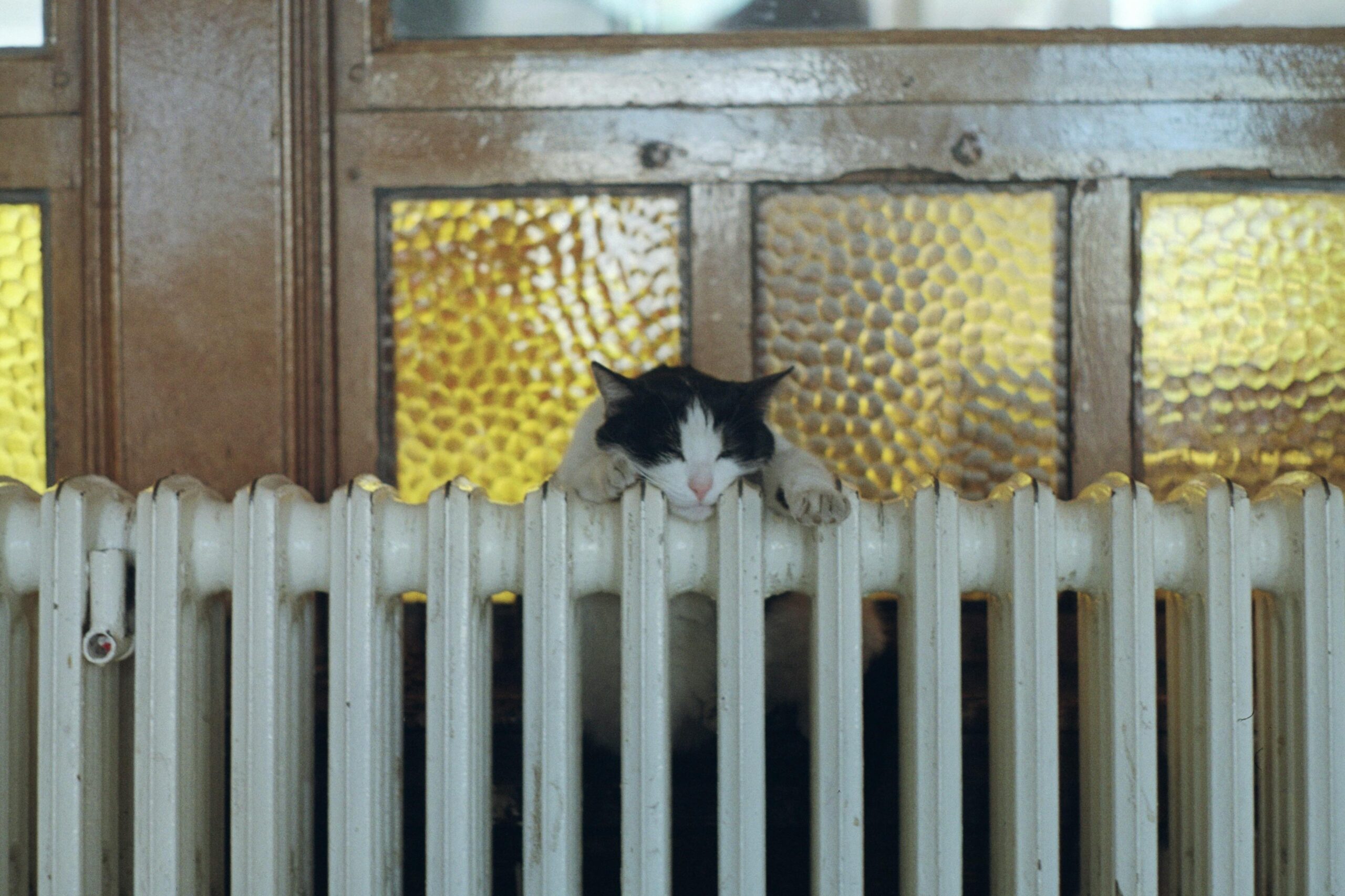Serving The Wasatch Front Area
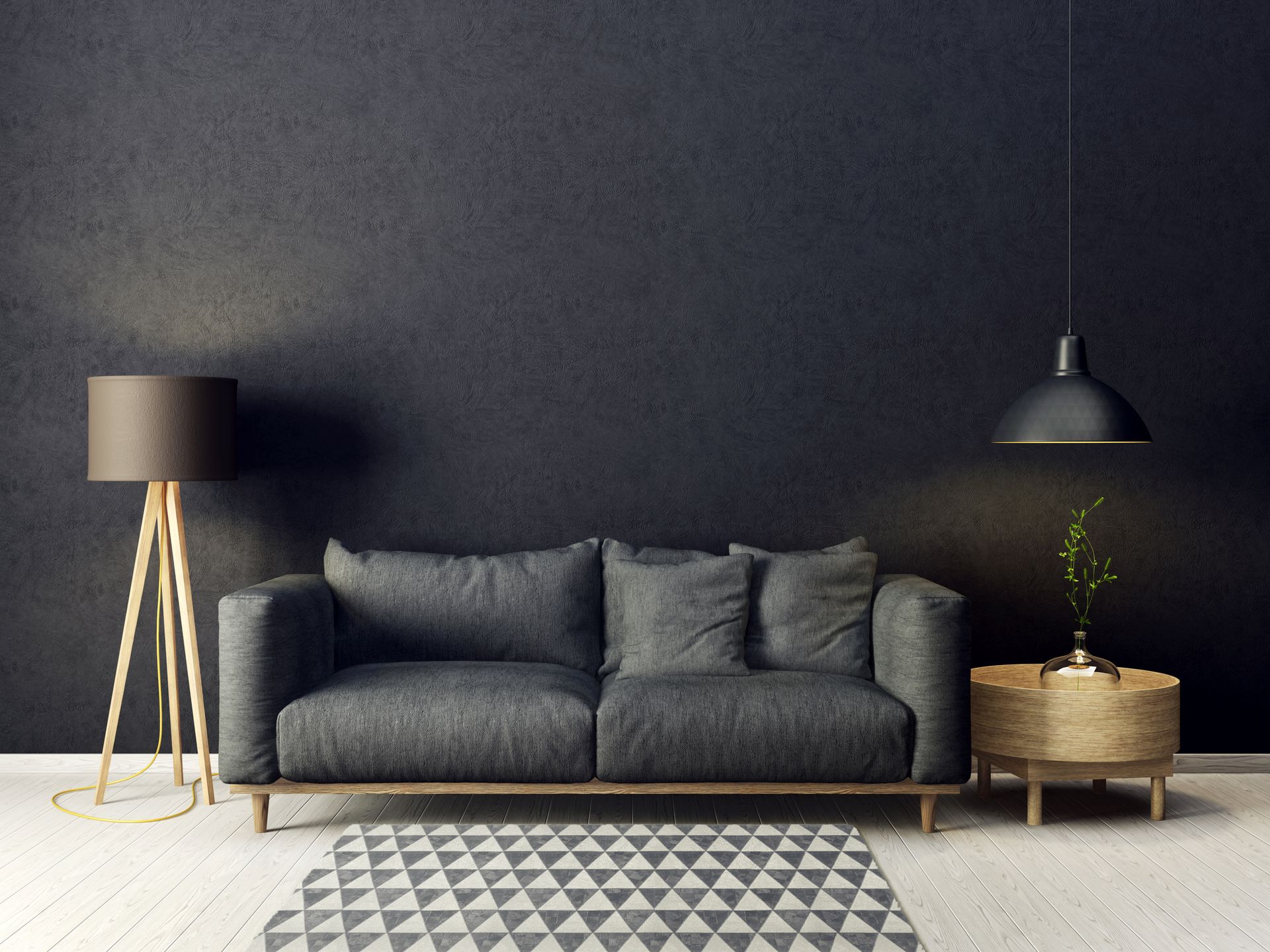
4 Ways To Integrate HVAC Components With Interior Design
March 13, 2023
A heating, ventilation, and air conditioning (HVAC) system regulates indoor temperatures and improves comfort. Fresh air from an HVAC system keeps bacteria and pollutants at bay and creates a healthy living space. However, HVAC components are often installed after interior design, which negatively affects a space’s aesthetic appeal.
Homeowners can blend HVAC components with their interior design elements. For instance, thoughtful integration conceals components, such as vents, cassettes, and radiators, enhancing the elegance of a space. This post highlights four ways to integrate an HVAC system with your interior design.
1. Use a Customized Vent Cover
Some homeowners do not change HVAC vents out of fear of affecting airflow. For example, blockages can affect optimal performance and compromise comfort levels. However, you can improve the aesthetic appeal of HVAC vents with custom covers that match your interior décor.
Custom vent covers, such as wooden lattices or painted slats, that match your furniture or wall color can conceal and blend the openings. Therefore, you can replace the standard vent covers with decorative grills in patterns and colors that add an artistic touch to your home. Before installing customized vent covers, you should consult with an HVAC contractor to maintain unobstructed airflow.
2. Decorate or Buy a New Thermostat
Installers place HVAC thermostats in common areas, like living rooms and main hallways, for convenient temperature control which makes them conspicuous. However, some thermostat backlights and casings do not match a wall’s color or interior décor and draw unnecessary attention. Instead, you can install a thermostat on a gallery wall and cover it with a hinged-picture frame to blend it with other framed photographs.
Alternatively, you can replace a conventional thermostat with a new model that has a sleek appearance. Some contemporary models feature elegant designs and color options that match specific home designs and standard décor. For instance, you can choose a black casing for dark walls or a glass cover for white walls with an industrial décor.
You should talk with an HVAC service provider about the latest thermostat models and their aesthetic features to make an informed choice.
3. Install Built-In Furniture
Unlike vents and thermostats, HVAC ceiling cassettes are large, and concealing them poses a challenge for some homeowners. The ideal alternative may be to install the unit with an equally prominent statement piece, such as built-in furniture. For example, an open-style bookshelf, an entertainment unit, or a floating shelf are excellent pieces of furniture that can help blend a central AC unit with your interior design.
You can decorate built-in furniture with flower vases, books, picture frames, and entertainment systems such as speakers. The decorative additions distract the eyes and make HVAC ceiling cassettes less noticeable. An HVAC specialist can help you choose furniture that allows efficient operation and unobstructed airflow.
4. Repaint Wall-Mounted Radiators
Wall-mounted radiators heat homes during the winter, but they may look cumbersome. In addition, a radiator’s undulations are conspicuous, especially if they do not match the wall color. You can paint the radiator, so the pipes become invisible against the wall. You should consult with an HVAC contractor to use a recommended paint that does not affect the efficiency of heating elements and increase energy costs.
Conversely, you can ask your interior designer to experiment with bold colors, especially for spaces with bright hues. For example, you can paint the radiator tubes bright yellow if the wall features bright blue or white colors. The touch of yellow warms the room’s blue or white scheme and makes the radiator an integral element of your interior design.
When you integrate your HVAC components with your interior décor, you can enhance the aesthetic appeal and comfort without compromising its performance. Contact us at Comfort Solutions for expert advice on blending your HVAC features with your interior design.
Recent News
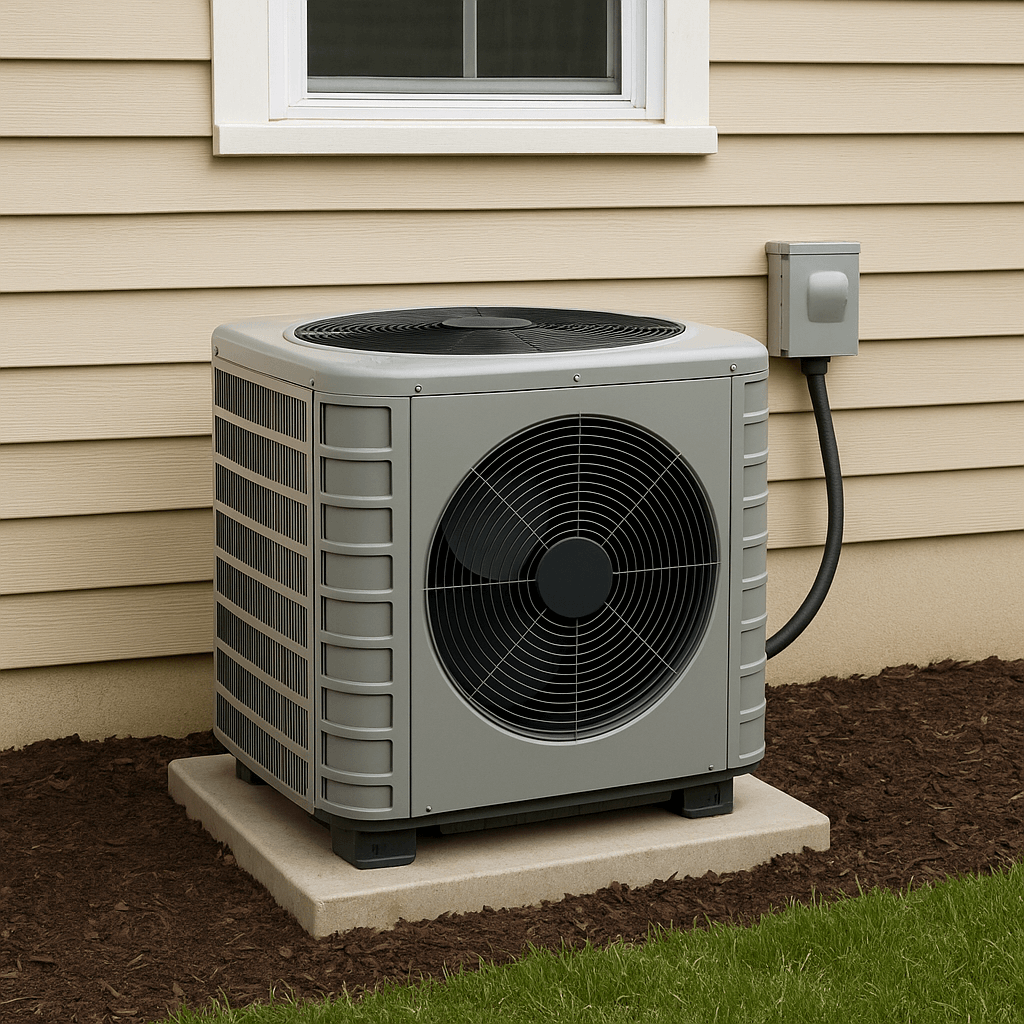
Common Air Conditioner Mistakes That Can Cause You Problems
May 29, 2025

How to Stay Cool During the Summer Heat
April 21, 2025
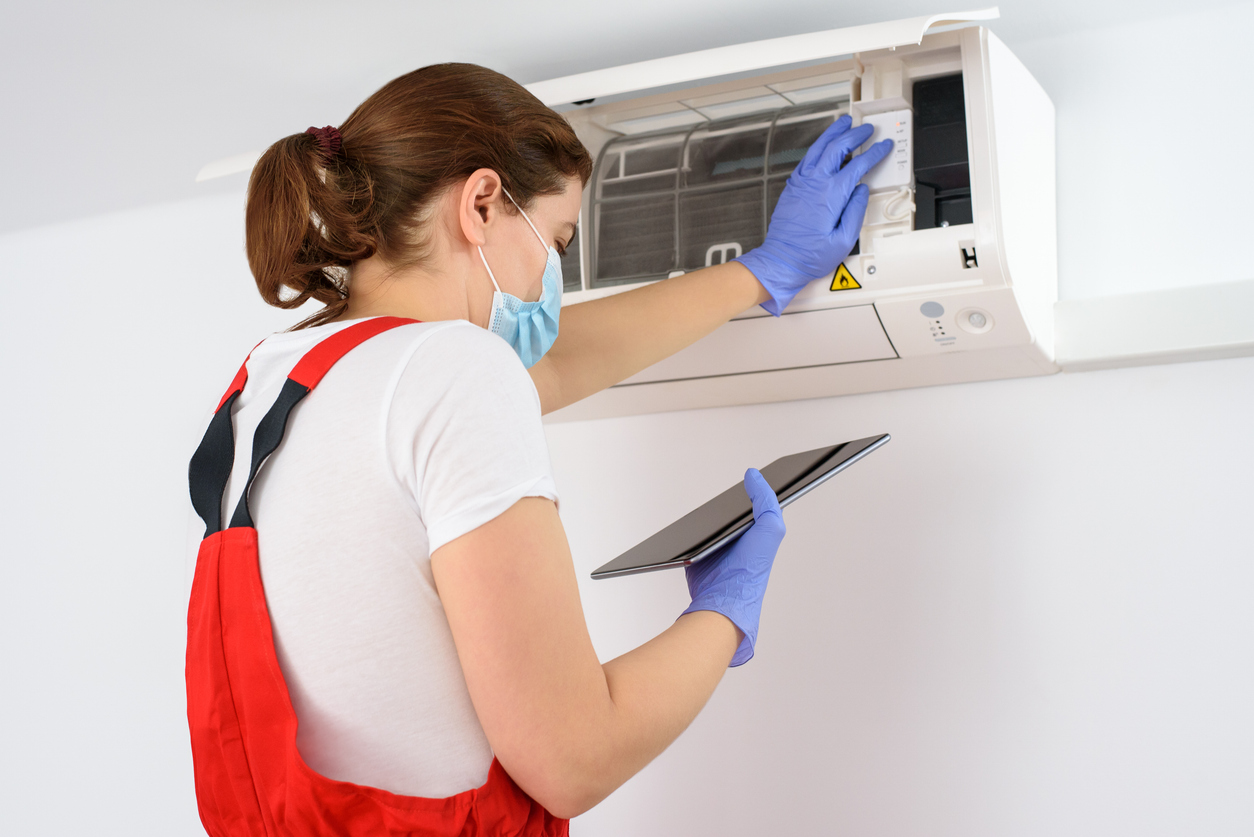
When to Upgrade Your AC Systems: Benefits & More
February 25, 2025
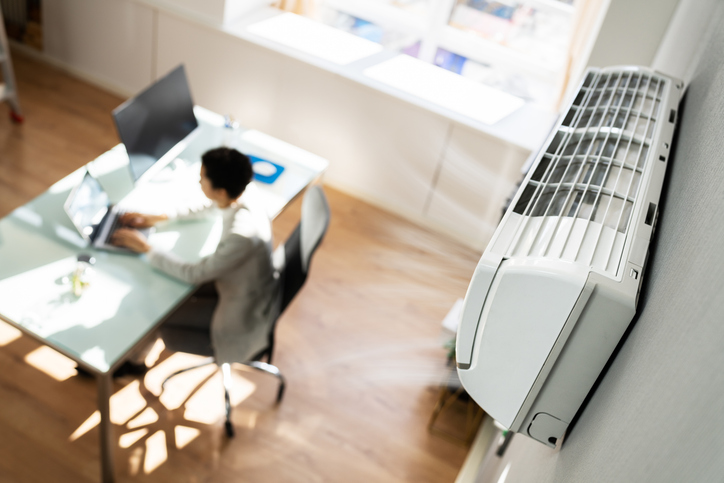
Why Remote Workers Should Upgrade Their HVAC
February 10, 2025
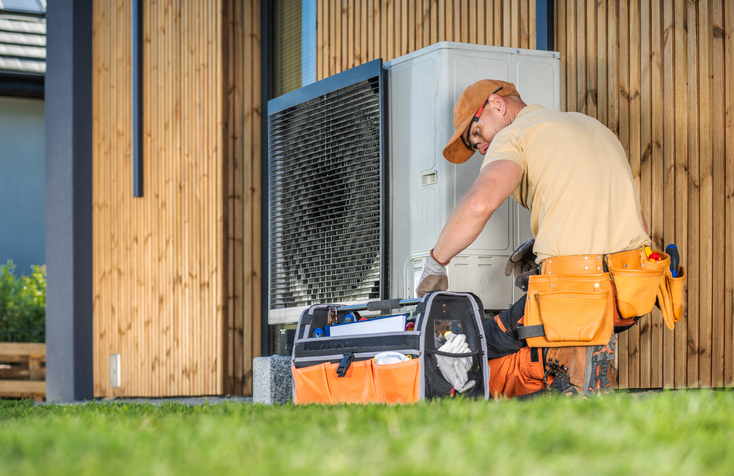
Common Home Heating, Furnace Repair & Replacement Myths
February 7, 2025
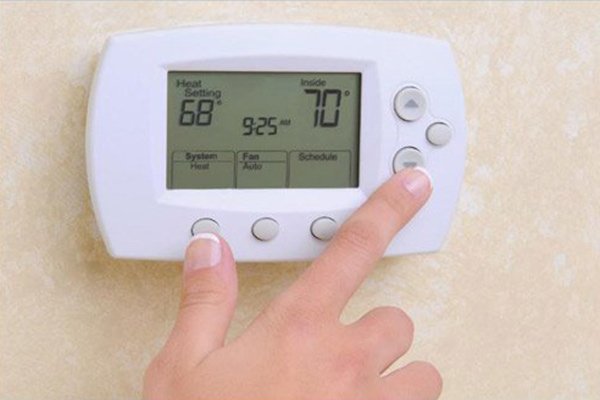
Keep Your Fireplace and HVAC Systems Running Strong All Winter
December 6, 2024
